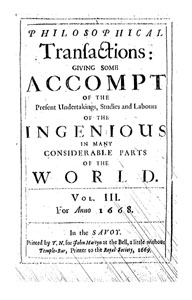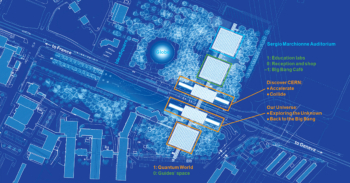Scientific communication is now virtually instantaneous, with scientists able to download book-quality versions of papers. High-energy physics has been in the eye of this publishing storm – witness the World Wide Web developed at CERN. Now a new electronic journal developed for high-energy physics could be a role model for other new ventures.
The Journal of High Energy Physics is a scientific journal that is written, run and distributed electronically. First published in July 1997, it is now established as one of the leading journals in the field.
On-line publication is made possible through the complete automation of editorial work by means of a software robot, thereby reducing costs and speeding up the procedure. The Journal of High Energy Physics is available via eight nodes that are updated in real time using innovative software. Special multimedia facilities have been added to enhance the Web possibilities.
An electronic journal
With the extensive use of the World Wide Web by the international community of physicists, the Journal of High Energy Physics (JHEP) aims to exploit the new media and take advantage of their innovative qualities – rapid communication, broad diffusion and low cost.
The journal’s initial focus was on theoretical high-energy physics and has now been extended to encompass experimental high-energy physics as well. However, the same model (and the same software robot) will be used to create similar journals in the same field, such as a review journal, as well as in other fields.

As far as research and development are concerned, a new project, begun in February 2000, is now devoted to the development of new-generation software that will be applied to new journals and services. It is directed by Loriano Bonora and Marco Fabbrichesi, JHEP’s creator, and it is financed by the European Union.
The journal has grown enormously, now publishing 12 000 pages a year and still growing. As a consequence of the complexity of operating JHEP and other publications, it is now time to give JHEP a more professional structure. To do so, Hector Rubinstein joins Loriano Bonora and Daniele Amati in the JHEP directorate, thus adding his wide professional experience in academic publishing and emphasizing the international character of the enterprise already witnessed in the editorial and advisory boards.
Moreover, it seems necessary to spread the costs to all users. A typical week sees the journal consulted by 10 000 users from all over the world. At present the costs are paid by the International School for Advanced Studies (SISSA) in Trieste and the INFN, and sponsorship is being requested from major research centres. CERN has already accepted the financial and moral commitment.
In parallel with the directorate, JHEP’s distinguished advisory board lays down the scientific policy of the journal. An editorial board of leading scientists in a large number of fields acts as mediator between authors and referees. Selected by an electronic robot, they either referee or assign referees. Unless unforeseen problems develop, they are the final arbiters. If problems arise, they consult the higher boards via the Executive Office.
The running of the journal is assigned to the executive office at SISSA, which is in charge of supervising the functioning of the journal in collaboration with the editorial board. The executive office monitors the journal daily and intervenes in the event of any problems that may arise. Local system support is provided at each one of the journal nodes.
The software robot

The JHEP software performs all of the steps in the editorial procedure: submission of papers; assignment to appropriate editors; review by referees; management of the contacts between editors, referees and the executive office; revision, proofreading and publication of papers; and administration of the journal.
Accepted papers are made available on the JHEP Web sites to all interested readers. Editors, referees and authors have their personal Web pages, where they run the editorial procedure or check the status of the papers. The software comprises three major families of scripts. All interfaces with the robot are via e-mail or accessible from a browser (optimized for Netscape Navigator 3.0 or later).
The first family of scripts allows the interaction between JHEP and the scientific community and deals with the publication of papers. The submission procedure is also part of this family of programs. The second script family runs the interface among editors, between editors and referees, and between editors and authors. The third family is in charge of the administration of the journal.
In addition to these scripts, there is a program called Harold that is dedicated to updating in real time the journal’s network of nodes throughout the world (see below). The robot carries out many of the menial tasks that make the running of a scientific journal expensive and slow. This program has been implemented in successive steps and is now fully working. Further upgrades will follow as new possibilities are explored and realized.
Multimedia facilities have been added to enhance the possibilities offered by the Web: powerful search engines replace the table of contents and indexes used by paper journals; and papers, published in three different formats (PDF, PS, DVI), are in hypertext, with links within the articles themselves and to the papers quoted in the references.
To ensure reliability and fast connections, JHEP exists as a network of nodes throughout the world.
All nodes are equivalent. The program Harold has been developed to keep them synchronized. All events taking place at any of the nodes are notified to the other nodes within a matter of minutes. On notification, the nodes execute the corresponding action and are updated accordingly. All transactions are encrypted in order to protect the data.





